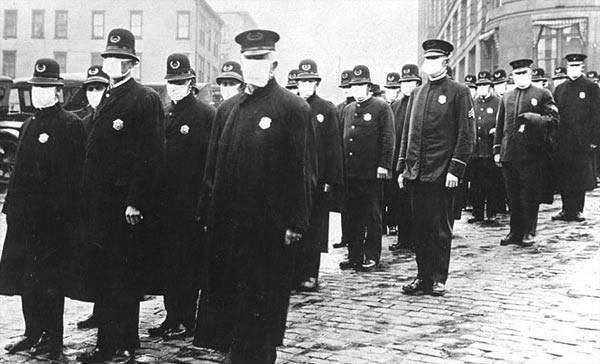Some went on in this manner for months before dying. A very few survived and regained consciousness but not their former liveliness. They existed in a state of profound apathy, "like extinct volcanoes," in the words of one doctor. In ten years the disease killed some five million people and then quietly went away. It didn't get much lasting attention because in the meantime an even worse epidemic——indeed, the worst in history——swept across the world.

Swine flu arose as a normal, nonlethal flu in the spring of 1918, but somehow over the following months—no one knows how or where—it mutated into something more severe. A fifth of victims suffered only mild symptoms, but the rest became gravely ill and often died. Some succumbed within hours; others held on for a few days.











